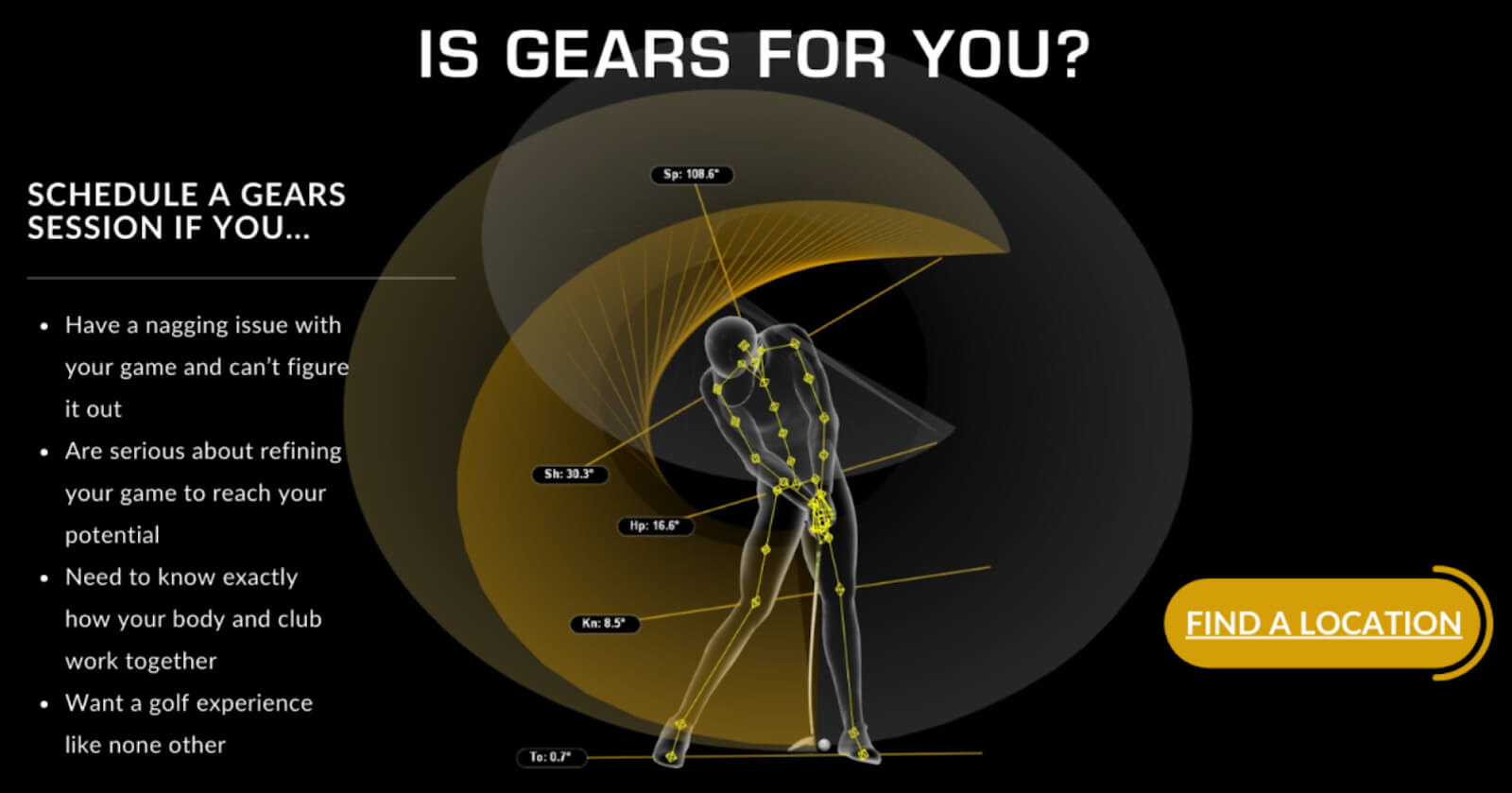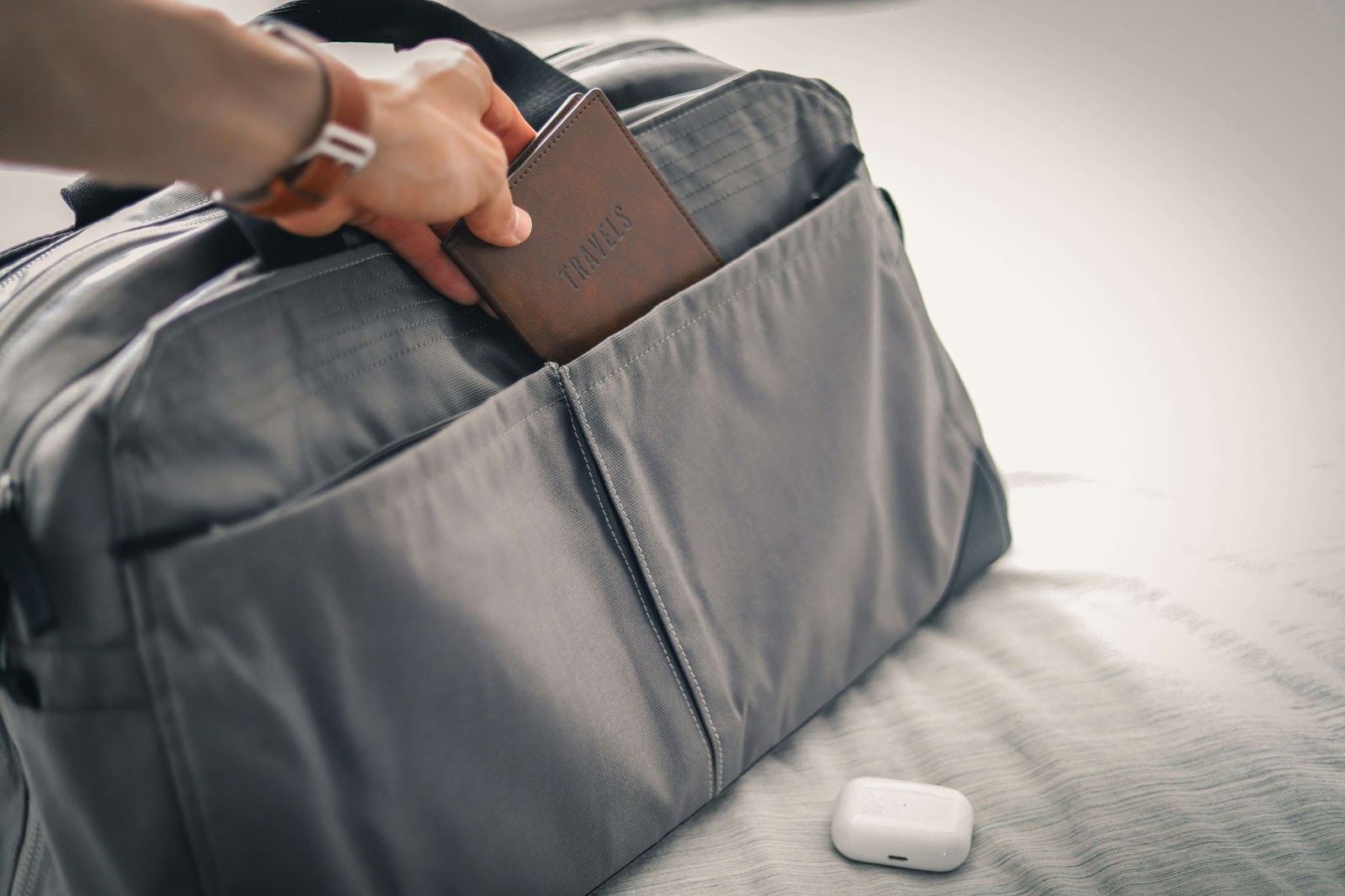Golf trips are an adventure, whether you’re jetting off to the iconic fairways of St. Andrews, the sun-drenched greens of Pebble Beach, or exploring a local gem a short flight away. But for golfers, the excitement of the trip can be overshadowed by the stress of transporting your precious clubs. A broken driver or bent wedge isn’t just costly—it can throw off your entire round.
Thankfully, with the right preparation, you can ensure your clubs arrive safely, leaving you to focus on your game.
Gears Golf: Prepare Your Swing Before the Trip
Packing your clubs carefully ensures they arrive in perfect shape, but are you ready to play your best golf? The Gears Golf Swing Tracking System can help you fine-tune your swing before you hit the course.
What is Gears Golf?
Gears Golf uses 3D motion capture technology to analyze your swing with millimeter precision. Every element of your swing—from club path to body movement—is tracked and optimized.
Why It’s Essential for Traveling Golfers:
- Optimize Your Swing: Perfect your form so you’re ready to perform at any destination.
- Compare to the Pros: See how your mechanics stack up to tour professionals.
- Gain Confidence: Knowing your swing is dialed in gives you an edge for your golf trip.
Before your next flight, schedule a session with Gears Golf to prepare like a pro. After all, great golf starts with precision—both in your swing and in your preparation.
Choose the Right Travel Case
The most important decision is whether to use a hard case or soft case to protect your golf clubs. Each has its advantages:
Hard Case:
- Maximum Protection – A hard shell absorbs the brunt of impacts and rough baggage handling.
- Peace of Mind – Airlines are more likely to compensate for damage if clubs are stored in a hard case.
- Cons: Bulkier and harder to fit into smaller rental cars.
Soft Case:
- Lightweight & Portable – Easier to handle and store in cars or tight spaces.
- Affordable – Soft cases are generally cheaper than hard cases.
- Cons: Offers less impact resistance, so extra padding is essential.
Recommendation: If you travel often, invest in a quality hard case from trusted brands like Club Glove, Sun Mountain, or Samsonite for unbeatable protection. If you prefer a soft case, pack strategically to maximize safety.
Prep Your Golf Bag for Travel
Before placing your clubs in a travel case, it’s essential to prep them correctly:
- Clean Your Clubs: Wipe down your clubs to remove dirt and debris. This prevents scratching and keeps your bag tidy.
- Remove Valuables: Take out rangefinders, GPS devices, and personal items to avoid damage or loss. Store these in your carry-on luggage instead.
- Empty Extra Weight: Golf balls, tees, and heavy gear add unnecessary weight to your bag. Pack them separately to stay under airline weight limits (typically 50 pounds).
Use a Stiff Arm or DIY Protection
A Stiff Arm is one of the best tools for protecting your clubs in transit. This telescoping rod sits in your golf bag, extending beyond your longest club. If your bag is dropped, the Stiff Arm absorbs the impact instead of your club shafts.
Pro Tip: Don’t have a Stiff Arm? Use a sturdy broom handle, PVC pipe, or even a durable umbrella as a budget-friendly alternative. Just ensure it extends slightly above your clubs.
Remove Adjustable Club Heads
For modern drivers and fairway woods with adjustable heads:
- Unscrew and remove the clubheads using a wrench.
- Place the heads in their headcovers.
- Store the clubheads securely in a pocket of your golf bag or suitcase.
- Mark the loft and lie settings to reassemble quickly at your destination.
Why it Matters: Adjustable clubheads are often the first to break during rough handling. Removing them reduces the risk significantly.
Bundle and Pad Your Clubs
To minimize movement and protect your clubs:
- Group your clubs together tightly. Secure them with Velcro straps or use a golf towel to keep them in place.
- Slide socks, bubble wrap, or foam padding over the clubheads. This protects them from scratches and dents.
- Weave a golf towel through your irons to cushion and separate them.
For extra safety, place a shoe bag or rolled clothing at the base of your bag to limit shifting during transit.
Fill Gaps to Prevent Movement
Your travel case likely has some empty space at the top or sides. Fill these areas with:
- Golf towels
- Soft clothing (like jackets or rain gear)
- Packing material or bubble wrap
This prevents your clubs from bouncing around during transit.
Weigh Your Bag
Most airlines have a 50-pound weight limit for checked luggage. Golf bags can quickly approach this limit, especially with accessories. Use a luggage scale to weigh your bag at home and avoid surprise fees.
Pro Tip: Pack golf balls, shoes, and accessories in your regular suitcase instead of your golf bag to save weight.
Label and Lock Your Bag
- Luggage Tags: Attach a tag with your name, phone number, and destination address.
- Locks: If your travel case has zippers, use a TSA-approved lock for added security.
Take Photos of Your Clubs
Before heading to the airport, take photos of your golf clubs inside the travel case. If anything goes wrong, you’ll have proof of their condition for an insurance claim.
Choose Direct Flights
If possible, book a direct flight to minimize handling. Connecting flights increase the risk of lost or mishandled luggage.
Bonus Tip: Ship Your Clubs
If you want to avoid airports altogether, consider shipping your clubs using services like Ship Sticks or FedEx. They pick up your clubs from home and deliver them directly to your destination. While slightly more expensive, this option eliminates the stress of traveling with your gear.
Conclusion: Stress-Free Golf Travel
Traveling with golf clubs doesn’t have to be stressful. By following these simple steps—choosing the right case, securing your clubs, and filling gaps—you can rest easy knowing your clubs are protected.And when it’s time to hit the course, the Gears Golf Swing Tracking System ensures you’re in peak form, ready to tackle every fairway and green with confidence.



